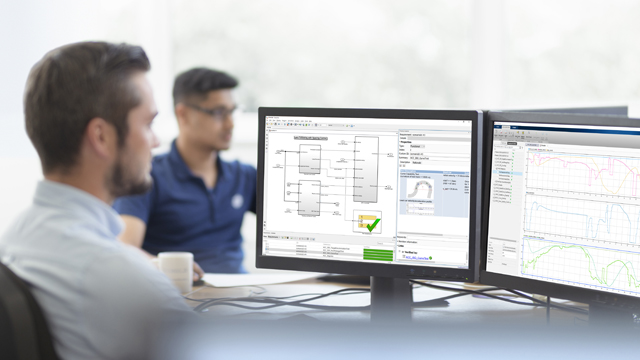Main Content
cvsim
Simulate and return model coverage results for test objects
Syntax
Description
[specifies the model parameters, simulates the model, and returns the coverage results in thecvdo,simOut] = cvsim(__,Name,Value)cvdataobject,cvdo, and the simulation outputs in theSimulink.SimulationOutputobject,simOut.
[sets the model parameters specified in a structurecvdo,simOut] = cvsim(testObj,paramStruct)paramStruct.
Examples
Input Arguments
Output Arguments
See Also
Introduced before R2006a

